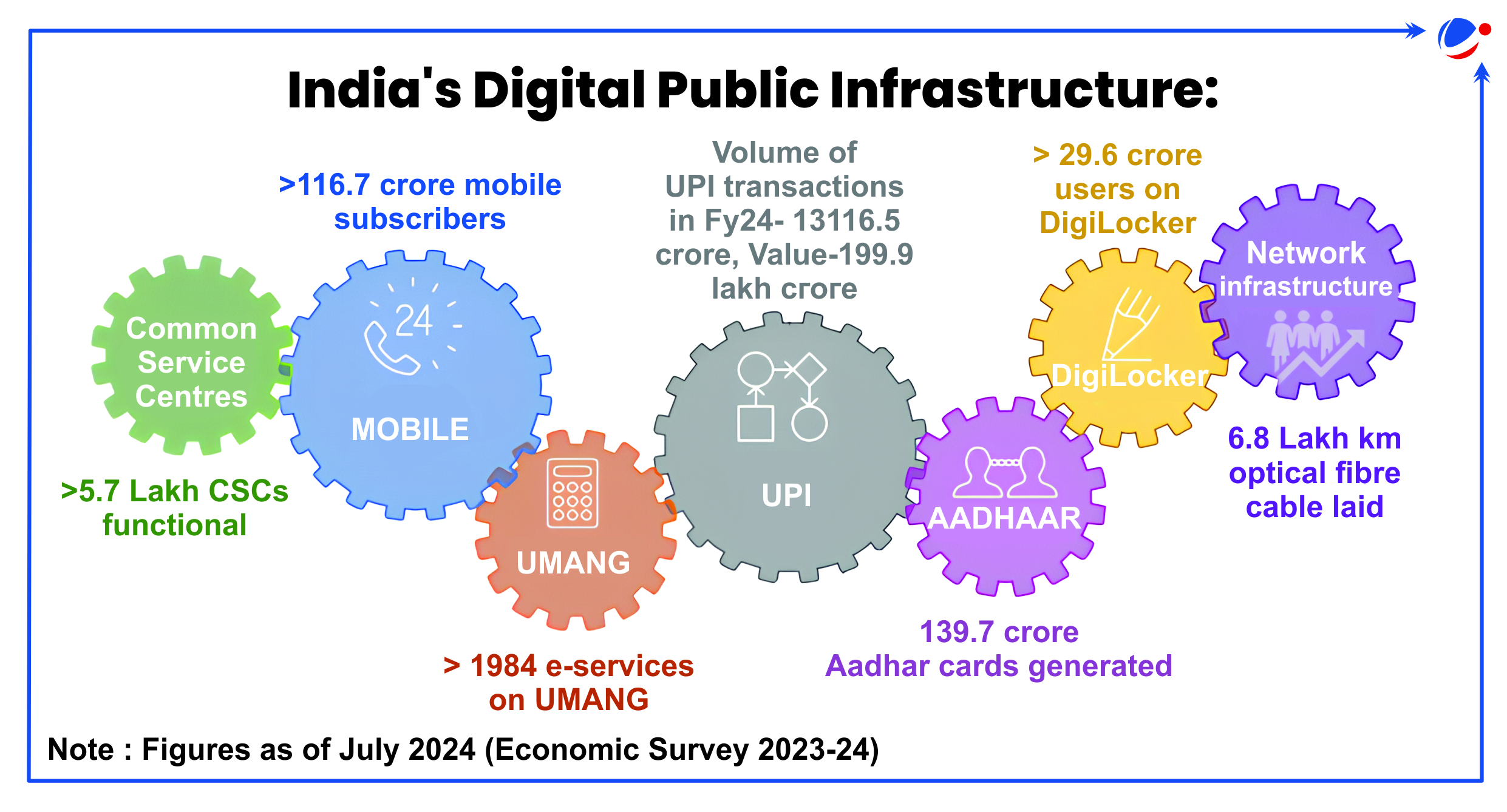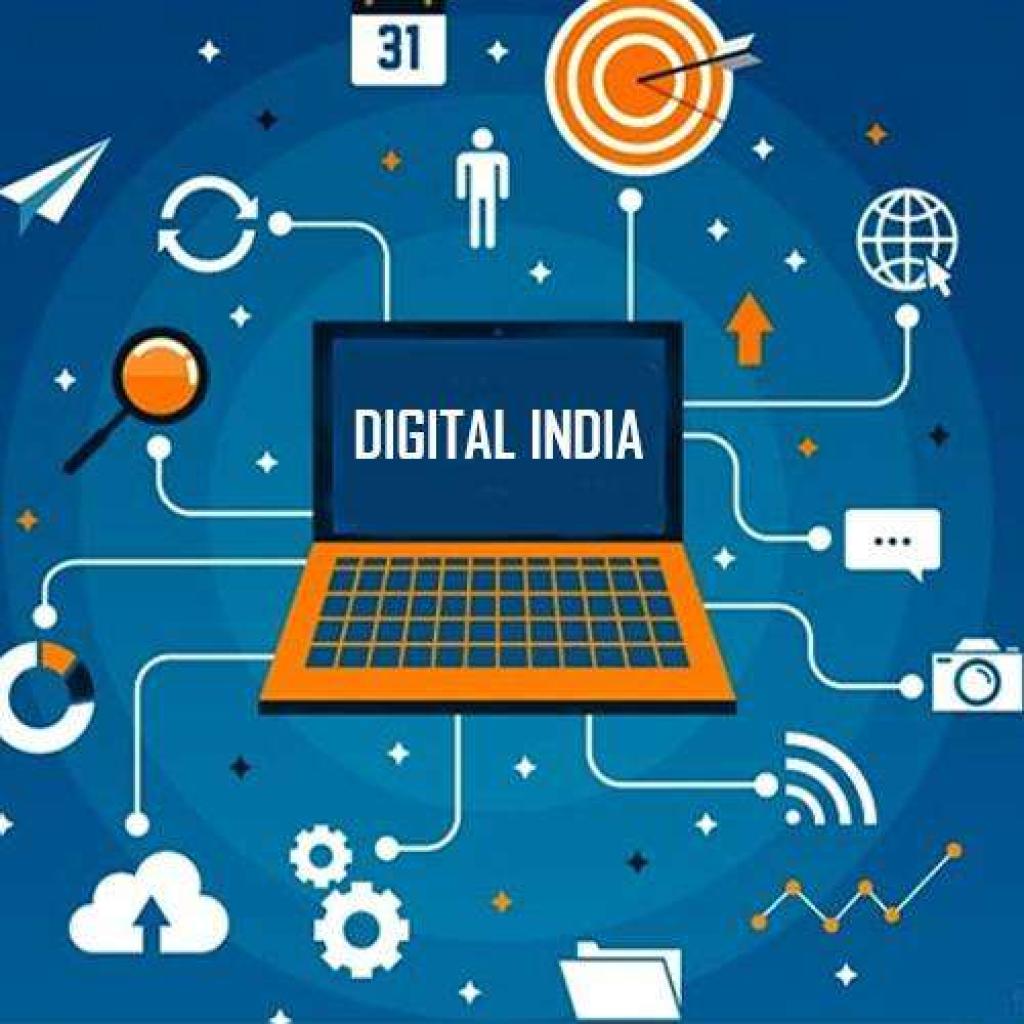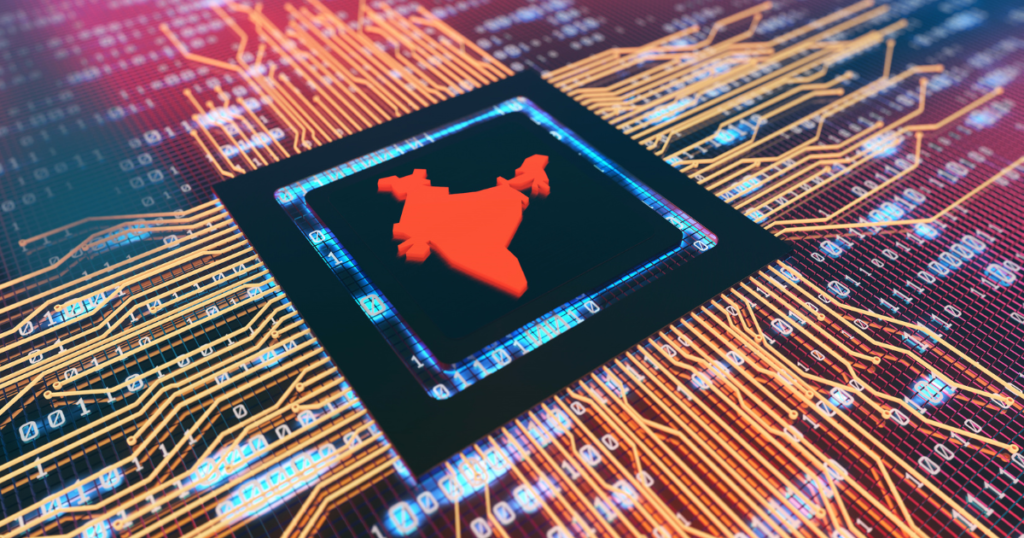India is quietly scripting a digital revolution that could redefine how businesses operate—not just locally, but globally. At the heart of this transformation is the Digital Public Infrastructure (DPI), an innovation poised to do for the digital economy what roads and ports did for industrial growth.
Unlike conventional reforms aimed at reducing paperwork or simplifying forms, DPI offers a deeper change—an entire system where trust, identity, compliance, and capital flow seamlessly in real time. From land registration to credit approval, entrepreneurs can now experience smooth, fast, and transparent business journeys via platforms like Goa’s OPEN portal, which digitizes processes such as land allocation and regulatory clearances.
Empowering Small & Medium Enterprises
This new model is not just for big corporations. Even small manufacturers struggling with multiple clearances and disconnected data systems can now benefit. DPI enables them to secure loans based on real-time financial data, access new markets, and comply with regulations—without the burden of physical paperwork or bureaucratic delays.

Setting Global Standards
India’s DPI is also aligning with global benchmarks like the UN Roadmap for Digital Cooperation and the DIGIT open-source framework. Experts believe this positions India to influence international digital trade norms and cross-border data flows—giving the country a competitive edge in the geo-economic landscape.
A recent World Bank report highlights that DPI could reduce financial service delivery costs by 80% and expand credit access to underserved sectors via secure data sharing. The benefits are manifold: from transparent supply chains to predictable compliance frameworks, DPI promises to make doing business not only simpler but smarter.

The Road Ahead
For policymakers and business leaders, DPI is no longer optional—it’s strategic infrastructure. As DPI systems mature, India could emerge as a global model of efficient, inclusive, and trust-driven digital governance, empowering industries from pharmaceuticals to agri-tech.
In the coming years, nations that adopt such integrated digital ecosystems may dominate not only markets but also set the future’s digital economic rules


